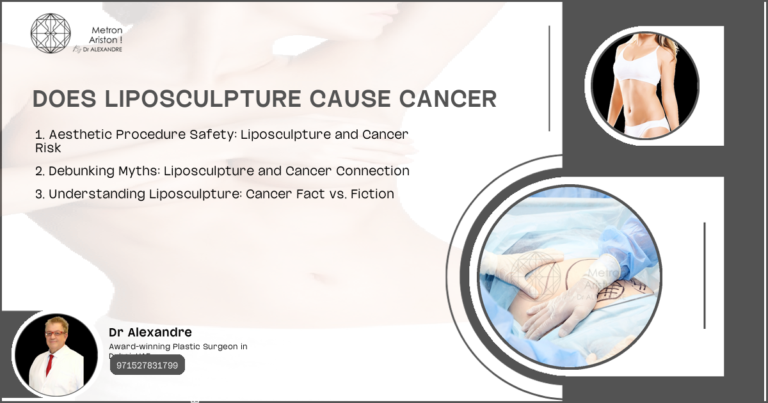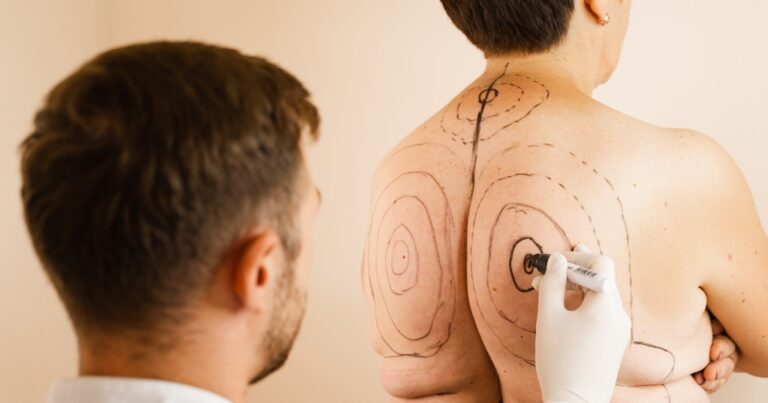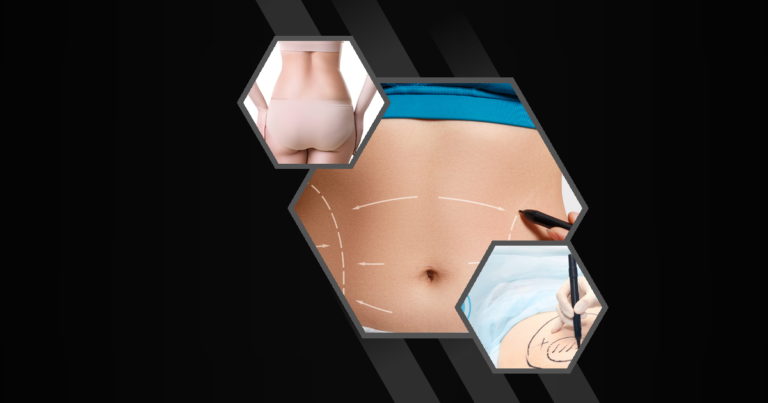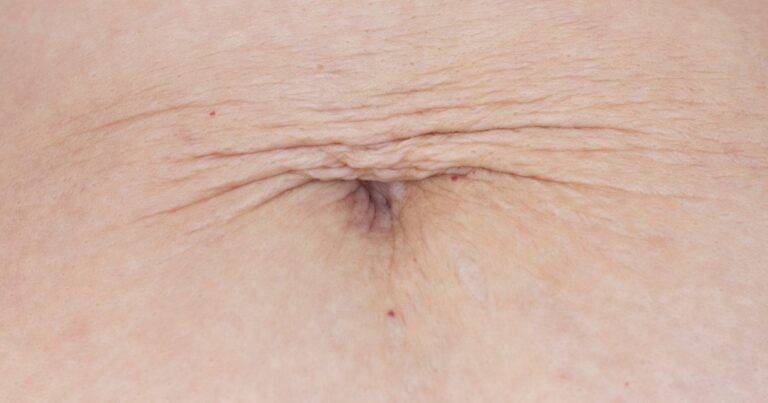Can Liposculpture Cause Health Problems?
Liposculpture is a popular cosmetic procedure that promises a more contoured body by removing excess fat. However, many people wonder, “Can liposculpture cause health problems?” This article delves into the potential risks and benefits of liposculpture, providing a comprehensive understanding for those considering this procedure.
Sculpting Belly Contours helps shape and define the stomach area
this technique uses special tools to create a more toned appearance
What is Liposculpture and How Does it Differ from Liposuction?
Liposculpture Procedure Overview
Liposculpture is a refined form of liposuction that focuses on enhancing the body’s natural contours. Unlike traditional liposuction, which primarily removes fat, liposculpture aims to sculpt the body by strategically removing and sometimes redistributing fat. This procedure is typically performed under local anesthesia, making it less invasive than other surgical options.
Comparison with Traditional Liposuction Techniques
While both liposculpture and liposuction involve fat removal, the techniques differ significantly. Liposuction is often used for larger areas and involves more extensive fat removal. In contrast, liposculpture targets specific areas to enhance body shape, often resulting in a more natural appearance. This precision can lead to better outcomes but may also increase the complexity of the procedure.
- Liposculpture focuses on body contouring.
- Liposuction is used for larger fat removal.
- Liposculpture often uses local anesthesia.
Immediate Post-Procedure Health Risks of Liposculpture
Fluid Imbalance and Dehydration
While fluid imbalance can be a common post-liposculpture concern, choosing an experienced professional like Dr. Alexandre Dionys helps minimize this risk. His expertise ensures careful monitoring and proactive fluid replacement during and after the procedure, promoting a safe recovery process. Patients are encouraged to stay hydrated and follow tailored post-operative care instructions, making the recovery smoother and reducing the chance of complications.
Blood Clots and Embolism
Though blood clots and embolism are potential risks with any surgical procedure, Dr. Alexandre Dionys’ meticulous approach to patient care significantly reduces these concerns. Dr. Dionys educates his patients on recognizing early symptoms, such as sudden shortness of breath or leg pain, while also implementing preventive measures during surgery to enhance safety. With his guidance, patients are well-informed and equipped to enjoy a worry-free recovery.
Skin Irregularities and Numbness
Skin irregularities and numbness may sometimes occur after liposculpture, but these issues often resolve naturally over time. Dr. Dionys ensures that any post-procedure concerns are closely monitored and addressed during follow-up appointments, maximizing aesthetic results. His comprehensive post-operative care plan and attention to detail help patients achieve a smooth and satisfying outcome.
- Stay hydrated post-surgery : Keeping hydrated aids in recovery and maintains fluid balance.
- Watch for symptoms of blood clots : Awareness is key to a safe recovery; Dr. Dionys ensures his patients know what to look for.
- Be patient with skin irregularities : Many minor irregularities naturally resolve, with Dr. Dionys’ guidance ensuring optimal results.
Recovery Process and Potential Complications
Expected Timeline for Healing
The recovery process for liposculpture varies among individuals. Most patients can return to normal activities within a few days, but full recovery may take several weeks. Following post-operative care instructions is essential for a smooth recovery.
Signs of Complications to Watch For
Patients should be vigilant for signs of complications, such as excessive swelling, pain, or signs of infection. Early detection and treatment of complications can prevent more serious issues and ensure a successful recovery.
- Recovery varies; full recovery may take weeks.
- Watch for excessive swelling or pain.
- Follow post-operative care instructions.
Alternatives to Liposculpture for Body Contouring
Non-Invasive Fat Reduction Methods
For those seeking body contouring without surgery, non-invasive fat reduction methods are available. Techniques such as cryolipolysis and laser therapy offer alternatives with minimal downtime and risk.
Lifestyle Changes for Natural Body Sculpting
Lifestyle changes, including diet and exercise, remain the most effective way to achieve and maintain a desired body shape. These methods promote overall health and can complement the results of liposculpture or serve as an alternative.
- Non-invasive methods include cryolipolysis.
- Diet and exercise are effective alternatives.
- Lifestyle changes promote overall health.
Choosing a Qualified Surgeon for Liposculpture
Credentials and Experience to Look For
Selecting a qualified surgeon is crucial for a successful liposculpture outcome. Patients should look for board-certified surgeons with extensive experience in body contouring procedures. Checking reviews and before-and-after photos can also provide insight into a surgeon’s expertise.
Importance of Pre-Operative Consultations
Pre-operative consultations are vital for discussing goals, expectations, and potential risks. A thorough consultation allows the surgeon to assess the patient’s suitability for the procedure and develop a personalized treatment plan.
- Look for board-certified surgeons.
- Check reviews and photos.
- Pre-operative consultations are essential.
Latest Advancements in Liposculpture Safety
Technological Improvements
Recent technological advancements have improved the safety and efficacy of liposculpture. Innovations such as ultrasound-assisted liposculpture and laser-assisted techniques offer more precise fat removal with reduced recovery time.
Enhanced Surgical Techniques
Enhanced surgical techniques have also contributed to safer liposculpture procedures. Surgeons now have access to better tools and methods, allowing for more accurate and less invasive fat removal.
- Ultrasound-assisted techniques improve precision.
- Laser-assisted methods reduce recovery time.
- Enhanced techniques offer safer procedures.
According to the American Society of Plastic Surgeons, liposuction, including liposculpture, was the second most popular cosmetic surgical procedure in 2020, with 211,067 procedures performed. This statistic highlights the growing interest in body contouring procedures and the importance of understanding their potential risks and benefits.cs) Lymphedema fat accumulation happens when extra fat builds up in body parts affected by lymphedema Liposculpture edema risk means your body might swell up with extra fluid after the fat removal procedure This swelling can be uncomfortable but usually goes away on its own after some time
Liposuction fat clots can form when removed fat cells clump together in the body after a liposuction procedure Liposculpture neuropathy risks include possible nerve damage during the procedure This can lead to numbness or tingling in the treated areas
Liposuction endangers nerves Removing fat through liposuction can harm the tiny nerves under your skin Liposculpture slims body by removing extra fat from specific areas It helps reshape your figure for a slimmer appearance
Liposculpture inspires transformation by reshaping bodies and boosting confidence This special fat removal technique helps people feel better about themselves Tumescent body reshaping uses special fluids to make areas of the body swell up before surgery This helps doctors remove fat and change body shape more easily during the procedure
Liposculpture skin tightening uses special tools to remove fat and make skin look smoother This procedure can help reshape your body and make loose skin appear firmer Liposculpture liver impact Liposculpture does not directly affect the liver but removing too much fat quickly can stress the liver as it processes the released fat cells this stress is usually temporary and the liver recovers with proper care
Liposculpture period alteration is a way to change how your body looks by removing extra fat from specific areas It can help reshape your figure and make you feel more confident about your appearance Surgical fat removal is a medical procedure to take out extra fat from the body Doctors use special tools during
Dubai beauty treatment costs Ultrasonic fat sculpting uses sound waves to break down fat cells in the body This method helps reshape specific areas without surgery or downtime
FAQ’s
How Often Can Liposculpture Be Performed Safely?
Liposculpture should not be performed frequently. It is essential to allow adequate time for healing and to assess the results before considering additional procedures. Patients should consult with their surgeon to determine a safe timeline for any subsequent treatments.
Can Liposculpture Cause Health Problems Years Later?
Long-term health problems from liposculpture are rare but possible. Some patients may experience changes in fat distribution or skin texture over time. Regular follow-up appointments with a healthcare provider can help monitor and address any long-term concerns.
Is Liposculpture Safe for Weight Loss?
Liposculpture is not intended for weight loss. It is a body contouring procedure designed to enhance shape and definition. Patients should maintain a stable weight before and after the procedure for optimal results. While it can remove small amounts of fat, it is not a substitute for a healthy lifestyle.








